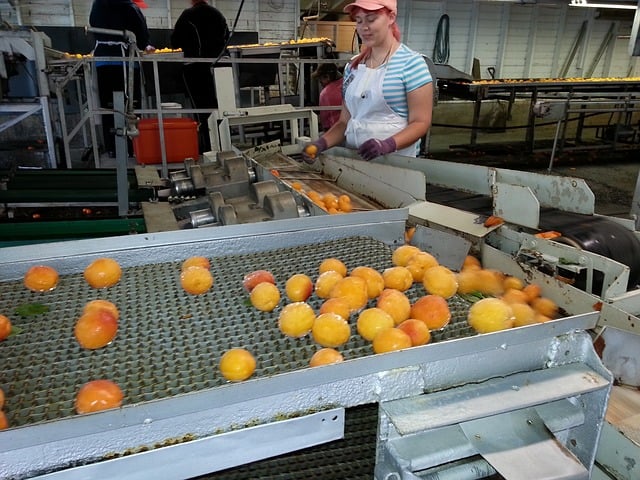
If you are in the business of food processing, you know that there are regulations in place by the Food and Drug Administration (FDA) for maintaining the safety of your products. It does not matter if you have a new company or an existing one, the FDA requires a business to have a Food Plant Certification.
The Food and Drug Administration is in place to make sure that any food products that are processed or handled are protected from any harmful bacteria. It is mandatory for food processing factories to maintain clean and sanitized surfaces at all times. Some of the ways that can help you to comply with these regulations is to have the right coatings.
Congress authorized an amendment onto the Federal Food, Drug and Cosmetic Act (FFDCA) in nineteen fifty- six for food additives. This granted the FDA the authority to regulate what was allowed or not allowed, within or touching the food we eat. Even though coatings are not placed within the food that we eat, it can still come into contact with it, so there is a certain amount of transfer that can and does happen.
This contact is known and regulated as transfer additives. There are two different kinds of food additives established by the FDA, and they are: direct and indirect additives. When you are talking about coatings, they are categorized as indirect food additives, and can be transferred in such places such as; holding areas, transporting areas, processing and packaging areas, or liquid product.
When it comes to having contact with food products, there are three different categories that they can be listed under, which are: direct contact, indirect contact or incidental contact. If the coating that you are working with touches any part of the food, it is considered to be direct contact. Indirect contact can be the coating just touching part of the packaging material where the food is being held. The incidental contact generally happens when it is not in the processing stages and is touched.
Various Food Processing Plant Areas which Use FDA Approved Coating Are:
- Ceilings
- Cleaning areas
- Containers
- Coolers
- Equipment
- Floors
- Food prepping rooms
- Kitchens
- Storage rooms
- Walls
- Waste disposal areas
You might be wondering what types of coatings can be used around food and its preparation, as there are many different kinds of coatings out there. Remembering that the coatings must be FDA approved so these help to dwindle the list down.
FDA Approved Coatings
The most used type of FDA approved coatings is within the resinous and polymeric coatings group. Polymeric coatings can be placed on ceramics, metals and materials that are synthetic. The coatings can also resist temperatures as high as five hundred and thirty-five degrees Fahrenheit. The coatings are durable and will not break down when interacting with heat, moisture, salt or chemicals. So it makes a perfect fit for use around food products and production.
Some of the Polymeric Coatings include:
- Acrylic, epoxy, silicone
- Natural and synthetic rubber
- Nitrocellulose
- Phenolic resins
- Polyvinyl chloride
- Urethane
Other Coatings also used are:
- Polyurethanes
- Fluorinated ethylene propylene (FEP)
What it Takes to Become FDA Approved
A few of the criteria needed to become approved by the Food and Drug Administration are:
- Composition of the coating
- Preferably non-toxic
- Bacterial resistant
- Durable
- Chemical resistant
- Impervious
It is vital that you know what type of coatings are used within the food processing plant business that you maintain, so that the facility can be completely FDA regulation compliant. If you want a special coating within your facility that is not on the FDA’s approved list, you will need to submit your request for them to review.
The burden of responsibility rests entirely on the side of the processing plant to only apply a product that complies with the parameters set forth by the FDA. When you take the time to look over the compound preparations for compliance determination, each authorization is to be comprised of three portions. The three parts are: the substances distinctiveness, the measurements involving material assets or clarity, and the restrictions on the settings of usage.
When needing to have any coating work done within a food processing plant, it is best to go with someone that knows the requirements for your business and knows what it is that you need. By hiring a qualified and knowledgeable company that is used to working with Food and Drug Administration’s requisites, it can save you both time and money.






